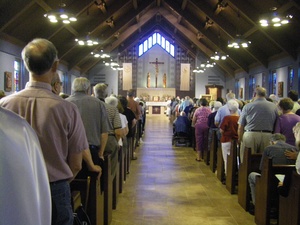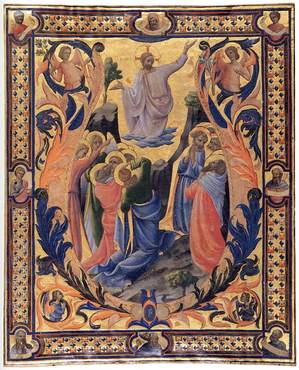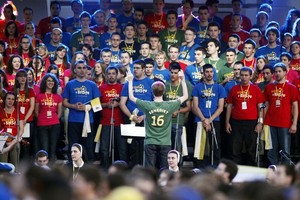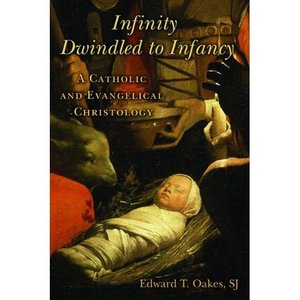Several things have surfaced for me recently that has me wondering about what we are doing as a Christian people living our faith in a parochial setting today. Two things to read are the notes from a recent Communion and Liberation retreat and the Pope’s recent remarks in Croatia. Both go hand-in-hand: God is not a sentimental object and He remains an authority. But in order for me to say this with conviction I’ve got to accept that if I am in Christ I am a new creation (really!) and therefore a living presence. How many times during the Easter season did I understand that Christ was (is) the newness of life? The honest answer is: it is hard to tell.
Father Julián Carrón had the following to say in his introductory remarks for Communion & Liberation’s Fraternity Spiritual Exercises given this spring that bear significant attention for whatever ministry we find ourselves in (or not):
“It seems I am hearing today the same identical question Fr. Giussani was asked by a student. He himself recounts it: “Now people no longer perceive the correspondence between the Christian proposal in its originality, the Christian event, and everyday life. When you try hard to make it understood, they say, ‘But you’re so complicated, you’re so complicated!’ In high school, when I dictated what you study in School of Community, I had in class the son of Manzù, who had a priest he always went to. This priest stirred him up against what he read in the notes from my lessons, and told him, ‘See, this complicates, while, instead, religion is simple.’ In other words, ‘the reasons complicate’-and how many would say the same!–‘the search for the reasons complicates.’ Instead, it illuminates! This mindset is the reason Christ is no longer an authority, but a sentimental object, and God is a boogeyman and not a friend.”
















